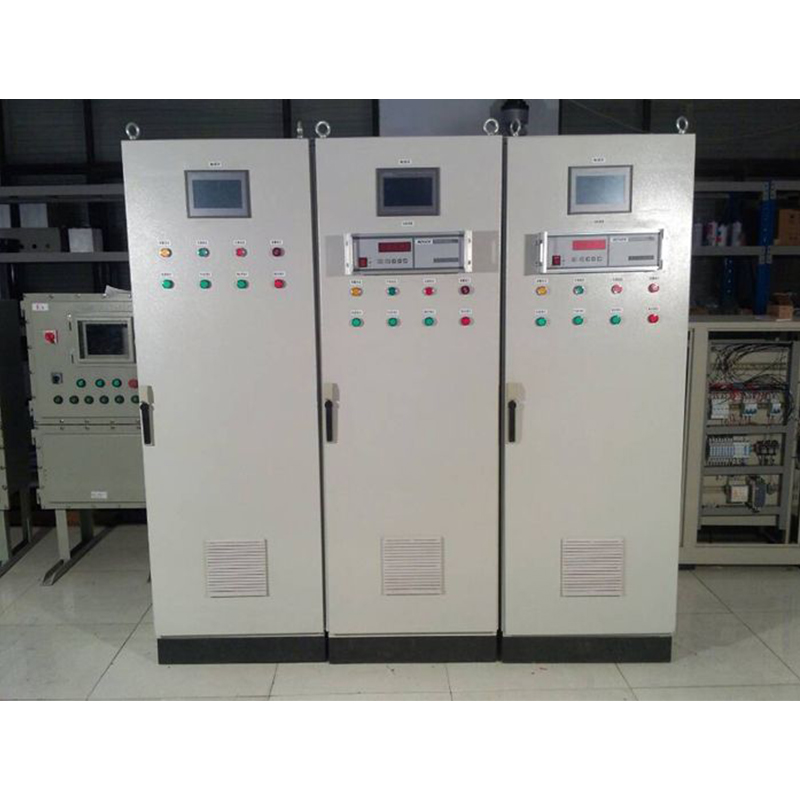
Aug . 21, 2024 12:56
Back to list
Natural Gas Valve Control and Safety Mechanisms for Efficient Energy Management
Understanding Natural Gas Valves Critical Components in Gas Systems
Natural gas is one of the most widely used sources of energy in the world, powering everything from homes to industrial facilities. To ensure the safe and efficient transport of natural gas, various components are essential, among which natural gas valves play a crucial role. These valves control the flow, pressure, and direction of natural gas, making them vital for the safe operation of all gas systems.
What is a Natural Gas Valve?
A natural gas valve is a mechanical device that regulates the flow of natural gas in pipelines and equipment. It can open, close, or partially obstruct the passage of gas, allowing for precise control over the movement and pressure within the system. Valves come in various types, including ball valves, gate valves, control valves, and safety valves, each serving specific functions depending on the requirements of the system.
Types of Natural Gas Valves
1. Ball Valves These valves use a spherical disc, known as a ball, to control the flow of gas. When the ball is rotated, it either allows gas to flow or blocks it entirely. Ball valves are favored for their quick operation and excellent sealing ability, making them suitable for on/off applications in gas supply lines.
2. Gate Valves Designed for full flow, gate valves consist of a wedge-shaped gate that moves up and down to open or close the passage. They are ideal for situations where gas needs to be completely shut off, but they are not as effective for throttling or flow regulation.
3. Control Valves These valves are designed to regulate the flow and pressure of gas within a system. They respond to signals from automatic or manual controls, making them essential for finely-tuned gas distribution in complex systems.
natural gas valve

4. Safety Valves Also known as relief valves, safety valves are designed to prevent excessive pressure build-up in gas systems. They automatically open to release gas if the pressure exceeds a preset limit, protecting equipment and enhancing safety.
Safety Features
Safety is paramount in natural gas systems due to the flammable nature of the gas. Natural gas valves are equipped with various safety features to mitigate risks. Automated shut-off mechanisms are often incorporated in the event of a leak or pressure anomaly. Additionally, many valves are constructed from materials designed to withstand high pressure and corrosive environments.
Regular maintenance and testing of these valves are critical to ensure their reliable operation. Routine inspections help identify wear and tear, potential leaks, or faults in the mechanism, allowing for timely repairs or replacements that enhance system safety.
Application of Natural Gas Valves
Natural gas valves are used in a multitude of applications, ranging from residential heating systems to large industrial processes. In residential contexts, these valves control gas flow to appliances such as furnaces, water heaters, and stoves. In the commercial and industrial sectors, larger valves control the flow of gas to boilers, turbines, and manufacturing processes. Proper valve selection and maintenance are key to maximizing efficiency and minimizing operational costs in these settings.
Conclusion
Natural gas valves are integral to the function and safety of gas distribution systems. Their various types cater to specific operational needs while incorporating essential safety features that protect both users and infrastructure. As the demand for natural gas continues to rise, understanding and implementing effective valve systems will remain crucial for ensuring safe and efficient gas delivery. Whether in homes, industries, or power plants, the role of natural gas valves cannot be overstated, as they are the gatekeepers of one of our most important energy resources.
Latest news
-
Safety Valve Spring-Loaded Design Overpressure ProtectionNewsJul.25,2025
-
Precision Voltage Regulator AC5 Accuracy Grade PerformanceNewsJul.25,2025
-
Natural Gas Pressure Regulating Skid Industrial Pipeline ApplicationsNewsJul.25,2025
-
Natural Gas Filter Stainless Steel Mesh Element DesignNewsJul.25,2025
-
Gas Pressure Regulator Valve Direct-Acting Spring-Loaded DesignNewsJul.25,2025
-
Decompression Equipment Multi-Stage Heat Exchange System DesignNewsJul.25,2025

